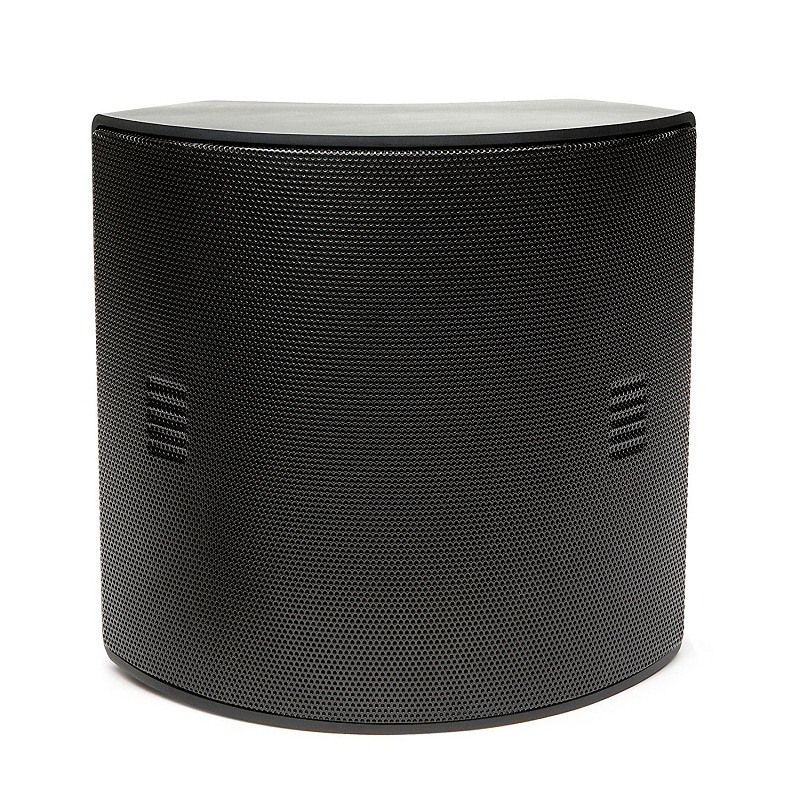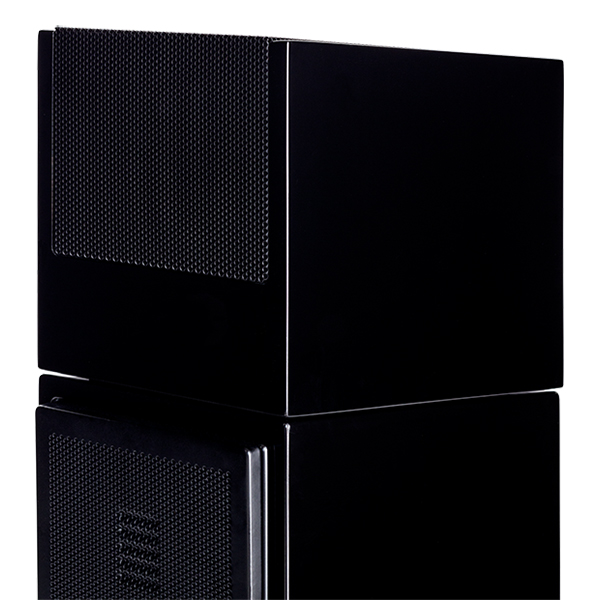

But what exactly is an electrostatic transducer, and how does it sound?Įssentially, an electrostatic transducer is made up of three main parts: the diaphragm, the stator, and the spacing spars. That’s an unusually broad range for a single driver. In the case of MartinLogan, electrostatic refers to the technology behind the transducer (speaker driver) that creates sound from-in the case of the new ElectroMotion ESL speakers-as low as 500 hertz all the way to 22,000 Hz. You’d think something called electrostatic would be the type of thing you’d want a good surge protector to defend yourself against. Non-tech folk’s reactions typically run from, “Meh,” to, “You’re not putting those god-awful things in my living room.” If you’re at all tech-oriented, you’re likely to drool over the speakers. Vious experiences have shown that’s pretty much the way it comes down. My bio-chem engineer son and his physics-major girlfriend, on the other hand, think they look jaw-droppingly awesome. My daughter, for instance, thinks the new MartinLogan ElectroMotion ESL speakers ($2,195 per pair) look like baroque chairs and even sat on the woofer section to prove her point.

Of course, not everyone is as enamored of the electrostatic look as I am. Thus, the deep hate-to-love-them emotional ambivalence. Sadly, although I sold MartinLogan speakers to customers in a previous life, I’ve never had a pair to call my own. While other speaker technologies and designs from my early days appear quaint and out of date, MartinLogan’s electrostatic speakers still look-to me, anyway-as cutting edge today as they did when I first encountered them some 20-odd years ago. I’ve been involved in this A/V business for an embarrassingly long time in a variety of capacities (and incapacities). They look so cool that I’ve always dreamed of having a pair-first (long ago) in my stereo system and then (now) in my home theater. It wouldn’t matter if they sounded like a couple of used Kraco three-way 6-by-9 car speakers bought on eBay and left lying loose on the back dash of a rusted-out ’67 Chevy Impala. (As a graduate of Mizzou, I say, “Pluck the Jayhawks.”) What gets me is that every time I see those tall, translucent, slightly curved, hard-to-believe-they-actually-work panels that are the hallmark of a MartinLogan electrostatic speaker, I want a pair. And there’s more to it than the fact that the company’s headquarters in Lawrence, Kansas, are just a hop, skip, and a third-and-long TD pass away from KU. I hate MartinLogan with a passion that borders on the obsessive. At A Glance: CLS Xstat electrostatic transducer


 0 kommentar(er)
0 kommentar(er)
